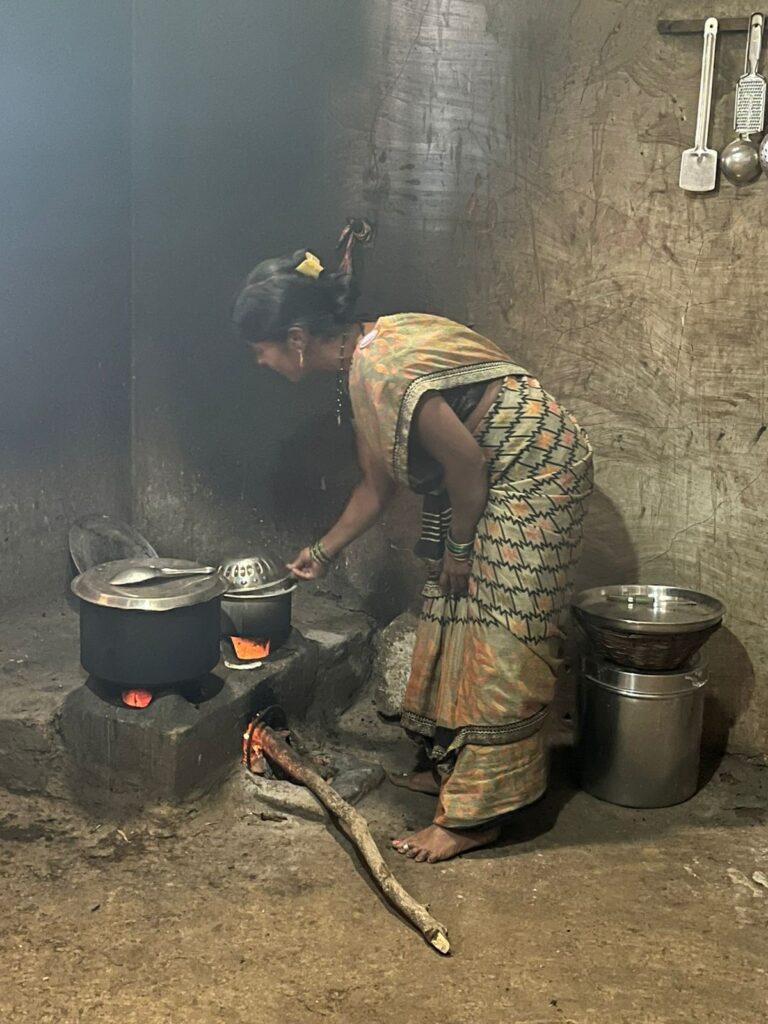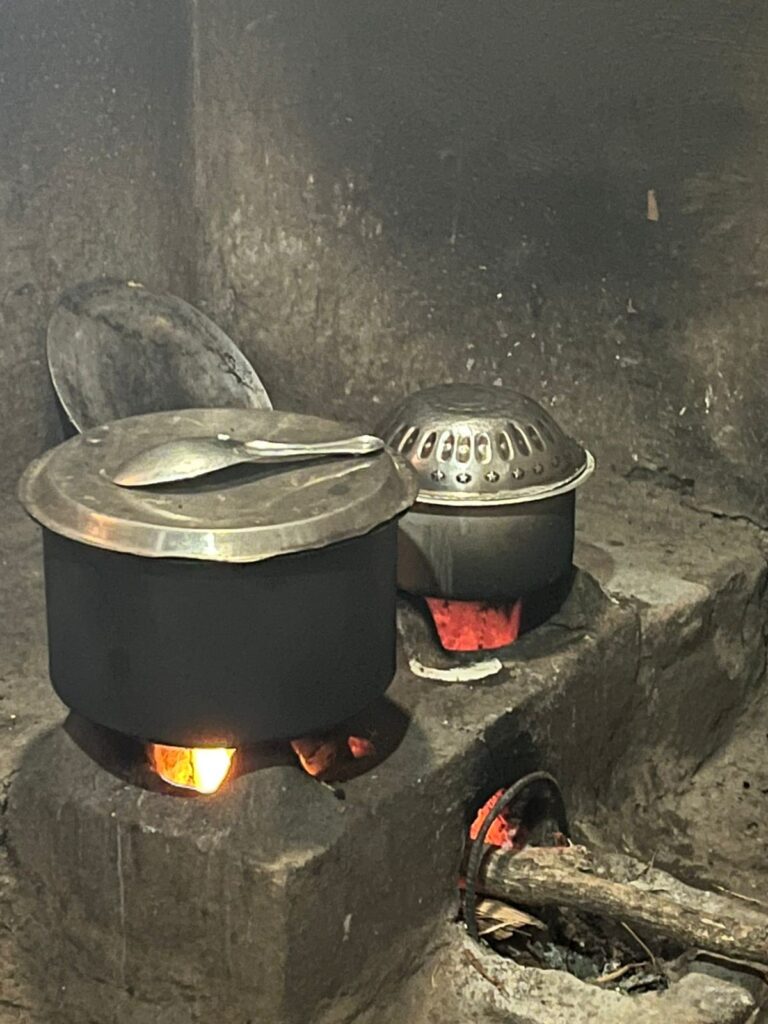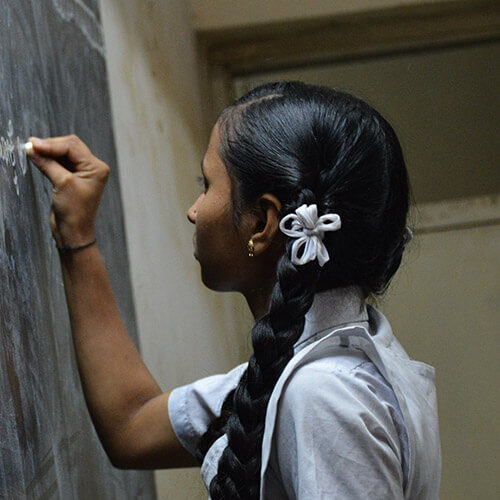When it comes to early childhood malnutrition, the role of geographies and locations is critical in the complexity and the scale of the crisis, particularly in the Indian landscape where a majority of the population lies in rural and remote areas.
Micronutrient deficiency, also known as “hidden hunger”, refers to a lack of essential vitamins and minerals that are vital for physiological and cognitive development.
While the availability of staple foods may be sufficient to meet caloric needs, these diets frequently lack diversity and are deficient in key micronutrients such as iron, zinc, vitamin A, and iodine.
Even when communities seem to have access to food, the absence of critical nutrients in their diet can have long-lasting consequences, affecting not just individual health but also the overall well-being of future generations. (explain in detail)
This deficiency leads to a silent crisis, where children and adults may not exhibit the overt signs of hunger but suffer from impaired immune systems, cognitive delays, and a higher risk of diseases.

Key Challenges to Nourishing Children in Rural Areas
Fragmentation
Reaching children in remote rural areas is a significant challenge due to their dispersion across small, isolated clusters of villages. This fragmentation limits their access to diverse and nutritious food, making safe nourishment with fortified meals more complex.
Unsafe cooking infrastructure
Many marginalized communities may have unhygienic cooking infrastructure & practices such as inadequate handwashing, and limited access to clean water.
Beliefs
The challenges are compounded by traditional beliefs, limited knowledge of nutrition, and pervasive gender disparities that often neglect the nutritional needs of women, particularly those of reproductive age.


Logistic barriers add another layer of complexity. Preparing meals in centralized facilities and transporting them over vast distances to remote villages is not only resource-intensive but also poses risks to food safety.
Interventions to Address Deficiencies
ANNADA tackles these challenges by offering micronutrient-fortified, preservative-free food mixes that are easy to store, transport, and require minimum skills or cooking equiments to prepare. The food mixes consist of community relevant meals made mostly with traditional ingredients such as sattus, millets, rice, dal, peanuts and more.
These mixes ensure safe and effective nourishment for children in even the most remote areas, bridging critical gaps in rural nutrition delivery.
Targeted nutrition programs are essential in addressing micronutrient deficienciIn addition to distributing nutritious food, ANNADA emphasizes education and awareness to drive lasting change. Through tailored campaigns, the organization helps communities understand the importance of balanced diets and equips the m with practical knowledge to enhance nutrition using locally available resources.
Addressing hidden hunger demands a collective effort—combining fortified nutrition, targeted interventions, and awareness. ANNADA’s comprehensive approach empowers communities to combat malnutrition, ensuring healthier futures for children and generations to come.
Write to us: [email protected]









